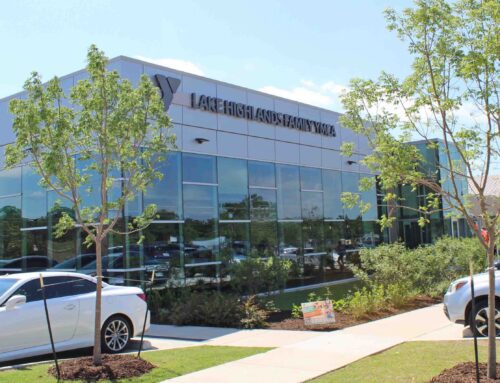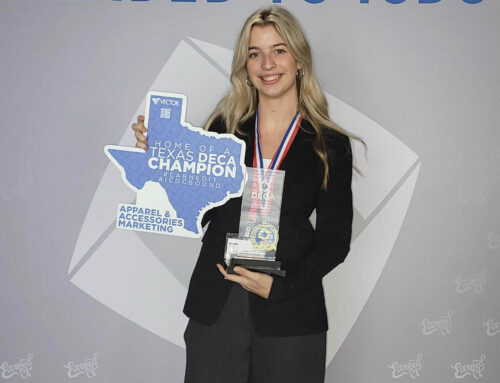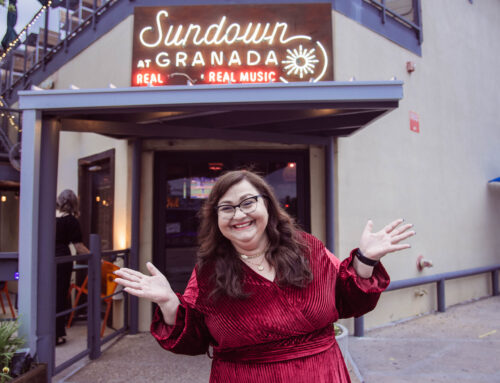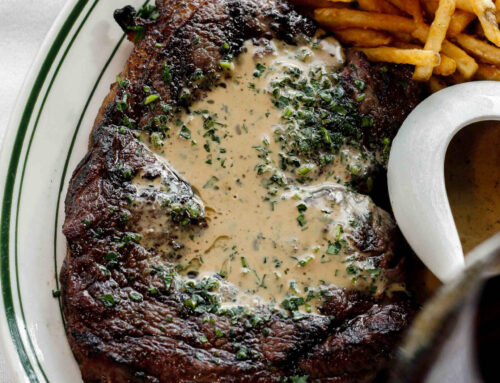 We have been getting kind comments from friends and neighbors about the Naturally Darling article penned by Keri Mitchell in the August issue of The Advocate, Lake Highlands edition. Besides wanting to know more about ICF construction methods, many have asked about the various things we did to make our home more "natural" and respectful of energy usage — both during and post-construction.
We have been getting kind comments from friends and neighbors about the Naturally Darling article penned by Keri Mitchell in the August issue of The Advocate, Lake Highlands edition. Besides wanting to know more about ICF construction methods, many have asked about the various things we did to make our home more "natural" and respectful of energy usage — both during and post-construction. Let me start with the American Clay Earth Plaster walls and ceilings. As mentioned in the article, we chose this for both its looks and its earth-friendly nature. Because it has no VOCs, we were not subject to any of the gas-off that one gets in a new home (even with expensive low VOC paint). Additionally, it is sourced from the New Mexico desert and not an oil well outside the country. Another thing is how easy it is to repair the surface compared to paint. If a scuff mark or gouge happens, I simply take some of the extra product that we have dried and stored away, wet it to a paste, and trowel it over the spot. No new paint vs. old paint patches! Another example: we had a roof leak this past spring that came down the stairwell wall and all it takes to repair it is re-trowling! Best of all, there is no condensation in the bathrooms after a shower, as the plaster "breathes" and it absorbs and releases moisture as the room humidity changes.
We went with a tankless water heater (a top notch Takagi) which also uses much less steel and copper, and doesn’t burn natural gas 24×7 to keep 50 gallons of water hot when we are not using it. Plus, once it’s met its useful life, there’s much less scrap in the landfill.
We kept the floors in the kitchen, downstairs guest bedroom and back hallway concrete, which was stained. With 4 cats, it’s very easy to clean (thus less energy and cleaning materials consumed) and we used ubiquitous, fast growing bamboo mats in places where needed.
The island and two bedroom counters are pecan, with a low-VOC, marine-grade finish. Again, it’s easy to maintain and repair and gave work to a local craftsman, not a boat carrying it from Europe (although we did succumb to granite in one section along the gas range!).
The only grass we planted is Empire Zoysia, which chokes out weeds far better than St. Augustine, is slow growing, and goes dormant in drought conditions. It also requires less water, and is easily mowed with our push mower. Every plant we planted are either xeric or low-water use and all are perennial. No chemical fertilizers are used, and only natural weed control, such as 10-20% vinegar with orange oil added. As such, they plants develop in healthy soil and can withstand heat and drought and disease much better. They have not been "juiced up" with Ironite or Scott’s Weed ‘n’ Feed, which does nothing to promote a healthy soil environment for them.
Lastly, and perhaps more importantly in a hot climate like ours, I spent a lot of time researching and learning about HVAC for the home. We didn’t want to be sealed inside a home with lousy air and horrid humidity control, which happens more than you may think anywhere in the south. So, we enlisted the help of the very respected Energy Wise Structures, in McKinney, and had a plan done and followed it to the letter — with a 2 year guarantee on gas/electrical consumption! And guess what… it paid off!
Too many homeowners fall for the "bigger is better" and "get a 16 SEER Trane" approach when smaller sized units, with properly designed ductwork and variable speed fan control would result is fewer dollars spent up front and superior humidity control after the install. Better humidity control and the low speeds a variable speed fan provides means your room temperature set point can be higher and you have less to worry about with regards to mold, dust mites and fungus. HVAC is a total science and there are too many hacks out there to entrust your total home comfort to without educating yourself upfront.
If you would like any more info on what we did, please feel free to comment away!





